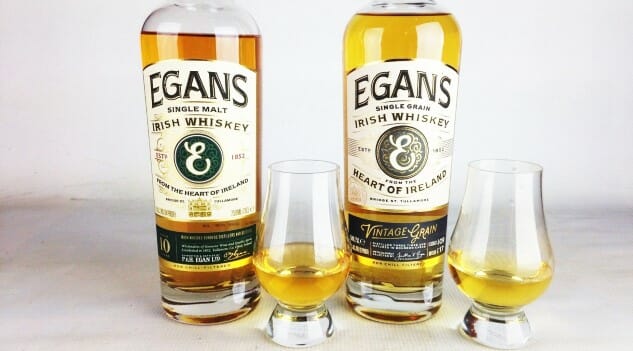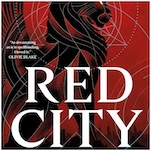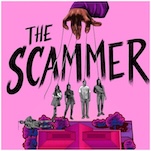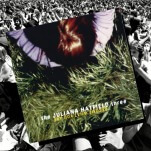Egan’s Vintage Grain and Single Malt Irish Whiskeys
Photo by Jim Vorel
To those who know me, my whiskey preferences are no real secret—I’m primarily a drinker of American bourbon and rye. However, as time goes by, I find myself drifting slowly but surely across the sea. Not necessarily to Scotland—as my palate seems to be unusually sensitive to smoke, I still struggle with many overpeated scotches—but instead to the Emerald Isle, and its newest generation of modern Irish whiskeys. Here, I’m increasingly coming to terms with just why American drinkers still mainline an obscene amount of Jameson each year—it’s because Irish whiskey, at its best, is a uniquely inviting and friendly spirit.
The thing about Irish whiskey, though, is that like scotch, you often have to be prepared to pay a steeper price for the experience. Whereas $25 can buy you a very solid bottle of bourbon just about anywhere in the U.S., in terms of Irish whiskey that still puts you solidly in Jameson country. If you’re prepared to drop $50 or so, though? In that case, the landscape gets a lot more interesting.
So it is with these two bottles from Egan’s Irish Whiskey, via P&H Egan Ltd in Tullamore, Ireland. Offering a 10-year single malt and a second “Vintage Grain” single grain whiskey without an age statement, the two products offer two profiles that share a few similarities but also have their share of differences.
But first, to clear up an obvious question, and because American consumers as a whole really aren’t well versed in this vocabulary: What’s the difference between “single malt” and “single grain”?
In short, the word “single” in both “single malt” and “single grain” means simply that all the distillate in the bottle came from a single distillery—thus, it is not a blend from multiple distillers. This is true of both bottles.
“Malt” means that the whiskey was distilled from 100% malted barley, and no other types of grains. This typically implies the types of rich, sweet, honeyed flavors we associate with scotch.
“Grain” whiskey, on the other hand, means that the product is not 100% malted barley, and indeed may not be made with barley at all. It can contain some barley, which may or may not be malted, but it may also contain wheat, corn, rye or anything else you can distill. This doesn’t necessarily imply lower quality, per se—it just means not to expect the distinct flavors of malted barley.
Got it? Good. Let’s get to reviewing.
Egan’s Vintage Grain
This bottle of single grain whiskey (92 proof) doesn’t have an age statement per se, but it says on the website that it was “casked in American oak bourbon barrels for a minimum of eight years,” so apparently it’s just a couple of years younger than the single malt. Likewise, it doesn’t say anything about how the mash bill might vary from its single malt brother, but the differences between the two become apparent in tasting.
Just visually, it’s clear that the two are not the same, as the Vintage Grain is a couple of shades lighter—yellow vs. gold in color. On the nose it’s pretty light, with notes of green apple, honeycomb, florals and a whiff of slightly fusel alcohol.
-

-

-

-

-

-

-

-

-

-

-

-

-

-

-

-

-

-

-

-

-

-

-

-

-

-

-

-

-

-

-

-

-

-

-

-

-

-

-

-








































